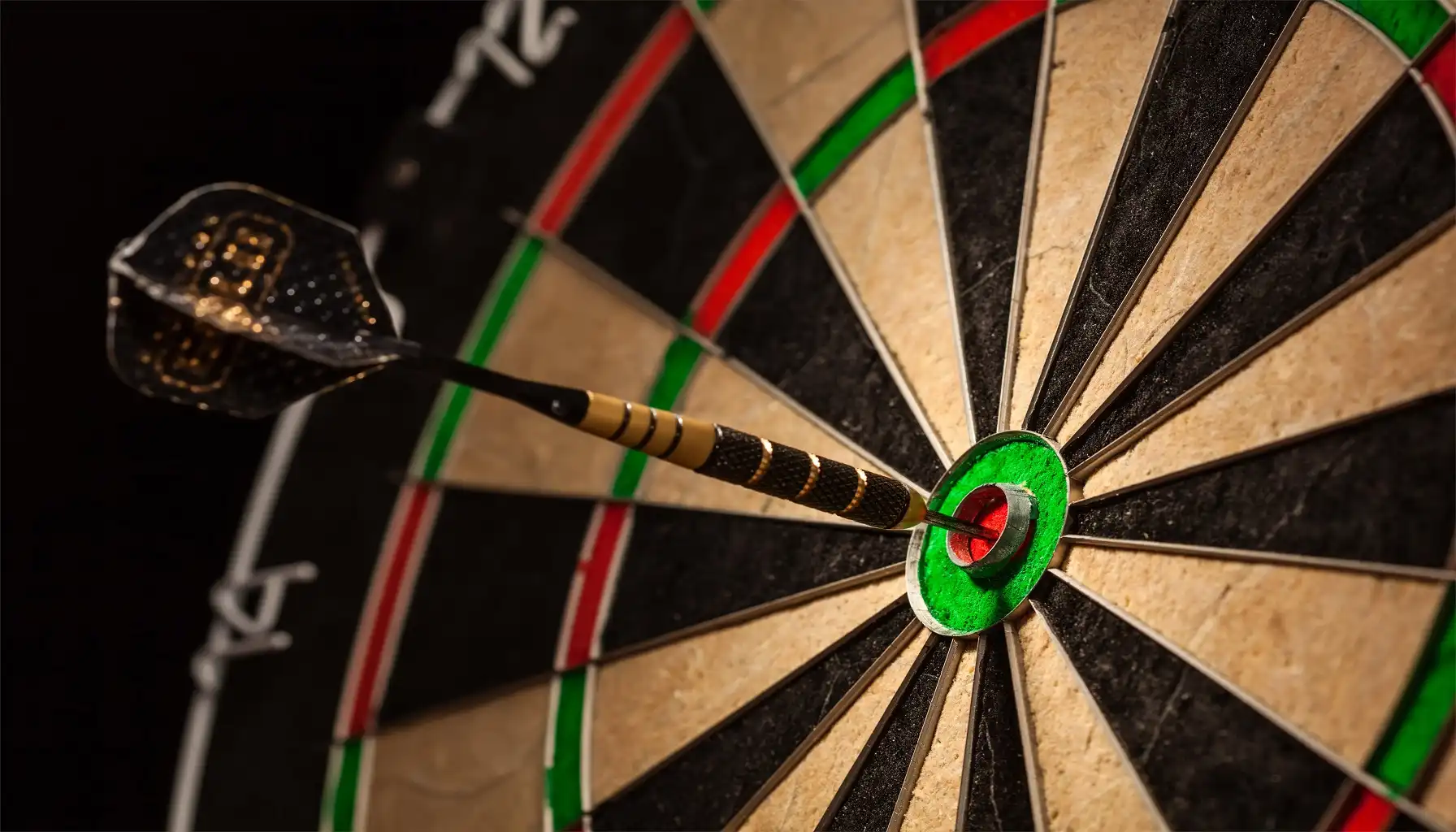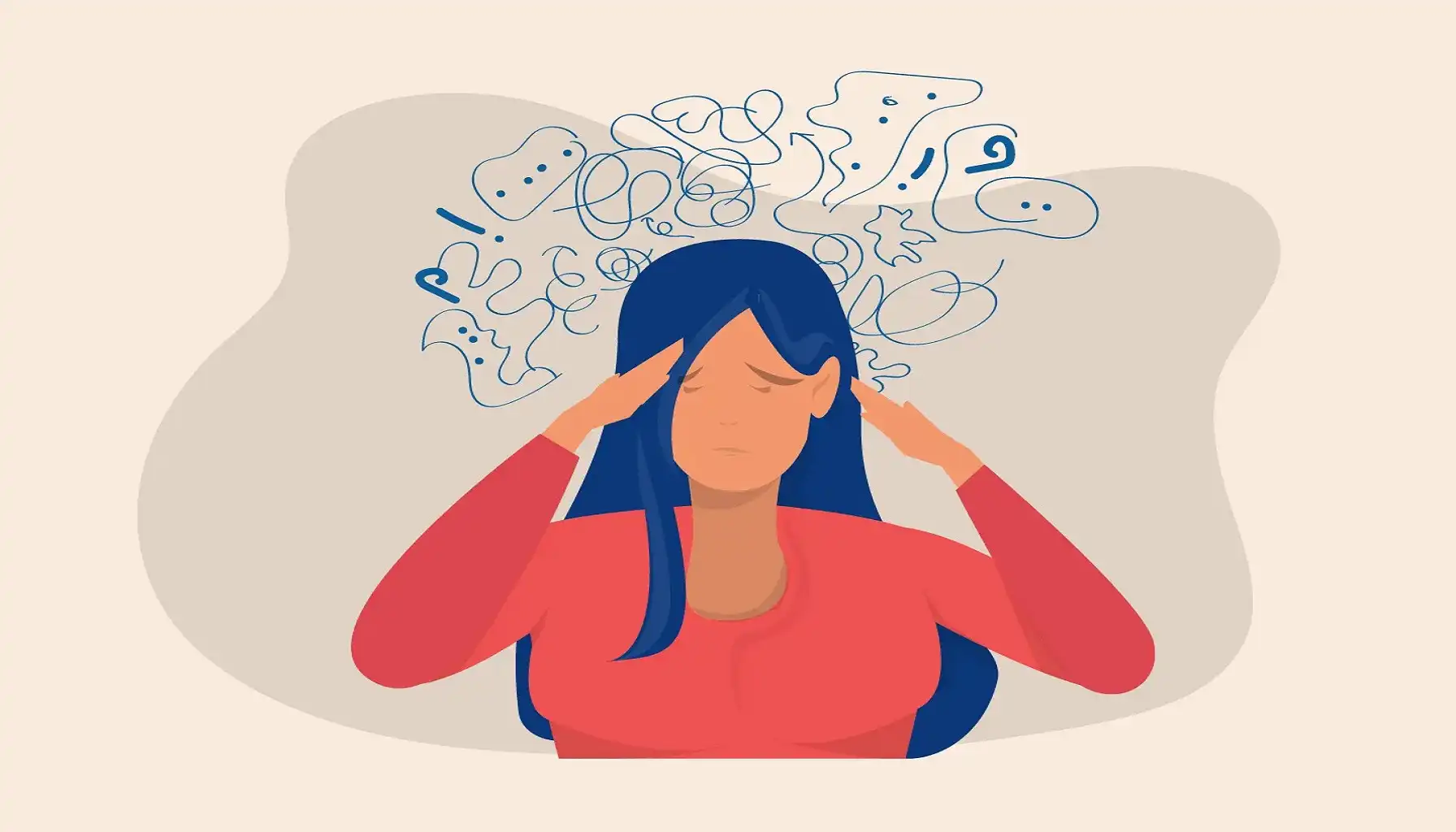Why ADHD Makes You Chase Perfection (And How to Let Go)

Contents:
“Finality is death. Perfection is finality. Nothing is perfect. There are lumps in it.”
ADHD is often misunderstood. Indeed, this can be perceived as a cognitive impairment related to hyperactivity or limited concentration skills. No, this concept is by far more complicated and encompasses a broader spectrum of challenges, i.e., difficulties with executive function, emotional regulation, and the ability to translate intention into action.
It is all about the brain that does not know how to operate within the framework of the standard rules of consistency and control. What makes ADHD particularly complex is its paradoxical nature. Focused – distracted. One moment may change the entire process, but there might be hidden one more coping mechanism that people rarely recognize – perfectionism.
So, how are these multidimensional cognitive distortions connected? What is maladaptive perfectionism? And how could brain training enhance one's abilities to cope with it? Let us see.

First of All, What Is ADHD?
ADHD (Attention-Deficit/Hyperactivity Disorder) is a neurodevelopmental condition that affects one's abilities to stay focused, regulate impulses, and manage energy levels properly. Although it is mainly associated with children who cannot sit still in classrooms or daydream instead of following instructions, ADHD does not fade with age. It may stay concealed and then reemerge in the form of chronic procrastination, emotional overwhelm, or other difficulties that are frequently overlooked.
The problem lies in the brain's wiring, the executive function (and never in the upbringing, family background, education, genes, or whatever). As scientists state, there exist three core types of manifestations of ADHD:
Inattentive type: Often mistaken for daydreaming or forgetfulness. People with this sort of ADHD may be distracted, disorganized, or struggle to follow through on tasks, even if they understand them perfectly.
Hyperactive/Impulsive type: More visible in behavior. This may be manifested through fidgeting, restlessness, constant movement, or talking.
Combined type: A mix of both inattentiveness and hyperactivity/impulsivity, which is the most common form.
What is also surprising is that ADHD is super inconsistent. The fluctuations in behavior force those who struggle to find alternative solutions, which may appear to be the reason for perfectionism development. Who would not love to regain control and a sense of order or worth?
But what causes perfectionism disorder?

The ADHD Perfectionism Definition
Barely do we recognize ADHD and perfectionism as related concepts. So, what is perfectionism? It can be defined as a maladaptive coping mechanism that develops in response to chronic struggles with attention, task initiation, time management, and emotional regulation (check the “Emotion Wheel”). What is more, it is a form of overcompensation, i.e., an attempt to counteract perceived internal chaos via setting unrealistically high standards and sticking to the illusion of control.
Despite prejudices, this trait cannot serve as a motivator, since it blocks the action and leads to procrastination, avoidance, inconsistency, and other malevolent conditions that people with ADHD are already vulnerable to.
Front-End P. vs. Back-End P.
According to J. Russel Ramsay, there exist two distinct forms of perfectionism, i.e., front-end and back-end. Their main difference is in expression, yet both are equally influenced by ADHD-related struggles.
Front-End P: Emphasized the importance of everything being “just right” before the actual start. This leads to chronic procrastination (not simple laziness, but something more serious and complicated)
Back-End P: Occurs only after the task has started. This is when the same feeling appears, making one feel guilty and shameful..

How ADHD Fuels the Need to Be Perfect
On the surface, these are two extremes that cannot go hand in hand. After all, how can a disorder, which is characterized by impulsivity, distraction, and missed deadlines, coexist with an aspiration to be flawless? ADHD sufferers live in a world that judges them for what they do and do not (at least, this is what they are mainly obsessed with).
Over time, though, this may destroy self-esteem and provoke the thoughts of not being enough, with perfectionism turning into a shield that protects the ego from the chaos beneath.
Characteristic | How It Works | Resulting Behavior |
Executive Dysfunction | Creates tension between the brain’s limitations and the demand for flawless execution | "If I cannot do it perfectly well, I might as well not do it at all." |
Emotional Dysregulation | Makes small mistakes feel catastrophic | Fear of failure becomes overwhelming. |
Rejection Sensitivity | Drives the need to “prove” oneself through impeccable work | “If I am perfect, they cannot reject me.” |
All-or-Nothing Thinking | Prevents balanced, realistic goal-setting | "It has to be perfect, or it is a total failure." |
Low Self-Esteem | Perfectionism becomes a way to compensate or hide perceived inadequacies | "If I perform flawlessly, I may be decent and fine." |
Chronic Procrastination | Leads to internal shame and inflated standards to “make up” for lost time | “Now that I have waited, it has to be even better.” |
Inconsistent Productivity | Creates a pressure to over-deliver during focused periods | “I need to make this amazing to prove I am capable.” |
The Cost to be Paid
Is perfectionism a disorder? Yes, indeed, especially when it comes to the consequences to be tackled and coped with. At first, this may be seen as an effort to take control, seek approval, and boost confidence that leaves one exhausted and internally conflicted. The price of such behavior is always immense and too difficult to pay.
Chronic Procrastination and Missed Opportunities
Ironically, the quest to do things “ right” often prevents anything from being done at all. Tasks are delayed, abandoned, or never attempted, for the conditions do not feel ideal to be delved into. This front-end P pauses any action and reinforces a cycle of frustration and regret.
Burnout from Overcompensation
One of the most popular states is hyperfocus, when one spends hours doing something which may require shorter working sessions and pauses to rest. The mental load required to meet self-imposed standards quickly drains energy, leaving one depleted and overwhelmed.

Anxiety and Depression
Perfectionism and anxiety are also closely related. In particular, socially prescribed perfectionism, i.e, the belief that others expect flawlessness, is closely linked with anxiety, depression, and even suicidal ideation. For those with ADHD, this pressure to meet invisible (or self-imposed) standards can feel unrelenting and lead to emotional crises in the end.
Shame, Guilt, and Self-Loathing
Each missed deadline and imperfect project is a "failure" that extends beyond the working environment or other settings. Though one should not waste time self-evaluating and overly criticizing oneself, this distorted perception may be devastating.
Strained Relationships
Cognitive deviations cannot stay identity-centered; they always affect the environment and those who care about you. They care so deeply about getting it right, they end up getting stuck.
Related article: How to Do a Digital Detox (Without Falling Behind in Life)
Realistic Coping Strategies That Work
How to overcome perfectionism? This question can be rather obvious, yet the clue is as simple as the question is – brain training through the tools that reduce mental friction and offer silent but powerful rewards along the way. Below are some strategies that address the most common challenges, especially when perfectionism tries to take over you and your life.
Challenge | What Helps | Why It Works |
Fear of starting (Front-End P) | Set a "bad first draft" goal | Reduces pressure by reframing progress as permission to be imperfect. |
All-or-nothing thinking | Use a timer to “do just 10 minutes” | Engages action without overwhelming commitment. |
Getting stuck in over-editing (Back-End P) | Use a “done is better than perfect” checklist | Clear stop-points help with closure and reduce self-imposed guilt. |
Self-critical rumination | Cognitive restructuring or journaling | Shifts focus from internal blame to objective reflection. |
Constant comparison to others | Social media limits + values-based goals | Protects attention and recenters motivation on internal benchmarks. |
Executive function overload | Break tasks into micro-steps with visible cues | Reduces overwhelm and builds a sense of control. |
Weak working memory or attention span | Brain training with apps like Mind Elevate | Exercises that target memory retention, logical reasoning, and musical perception can improve cognitive agility and attention. |
Emotional dysregulation after “failure” | Self-compassion scripts + reappraisal techniques | Builds resilience and prevents a spiral into shame or avoidance. |
You do not need to be perfect to be powerful. Try, fail, and try again. This is how the most exceptional aspirations are born.





